How is Collaborative Advocacy Different?
When Stu Webb wrote in a letter to his friend and colleague, Judge A. M. (“Sandy”) Keith, on February 14, 1990 , . . . “I have unilaterally declared that I will not go to court in an adversarial matter,” Stu meant, of course, two things: he would not go to court and he would not act in an adversarial manner. The next twenty-one years has been a journey of what the collaborative advocate will do.
Legal training can confound the notion of being an effective advocate with being adversarial. Yet the two concepts are quite different. Collaborative advocacy requires a shift in how we listen to all sides of a conflict regardless of what “side” we are on and in how we communicate our thoughts and responses. Collaborative advocacy should allow us to support the parties to work toward appropriate problem-solving discussions that address the situation presented while working through the conflict on all levels.
The Merriam Webster dictionary defines “adversary” as “one that contends with, opposes, or resists: enemy.” Merriam Webster’s best Collaborative definition of “advocate” is “one that supports or promotes the interests of another.” Collaborative professionals must reject the notion that supporting the interests of one person means resisting or arguing against the interests of the other. Rather, as Collaborative professionals, we must support the interests of our own clients while discovering the interests of the other so that we can be fully engaged in exploring options that might work for all parties. Effectively giving voice to the needs of our clients while hearing what is important to the other party is one of the cornerstones of what makes our work Collaborative. Maintaining a primary focus on our own client’s needs while working together and really wanting to insure that both parties’ interests are articulated and addressed is what makes Collaborative work really different.
One of the most important steps toward Collaboratively advocacy is to try—really to listen with genuine curiosity—to understand what is important to all parties. Listening in this way with the intent to really understand what is important to all parties, including the other side, means we are listening without forming an argument in opposition. It means being open to hearing an opposing point of view and accepting it for what it is without resisting or conceding. Looping is one technique to achieve effective empathetic listening. Looping is more than just a technique however. In order to be effective it must be done with true intent to understand the deeper meaning the speaker conveys and not just be a performance.
How can empathetic listening be a part of advocacy—Collaborative or otherwise? Habit 5 of Stephen Covey’s 7 Habits of Highly Effective People, is “seek first to understand, then to be understood.” Covey is suggesting that empathetic listening allows us to be most effective, not just more sympathetic. One reason is that people tend to see those with whom we disagree as enemies. If we allow Collaborative dialogue to stay at the level of hostile negotiations, we risk losing the full participation of all parties. Emotionally, it is hard to bring one’s best self to a discussion when there is a risk of attack. When all parties feel valued, respected and heard, they are able to be more open to the concerns of others and ideas that come from all sides.
Collaborative advocacy means supporting my client to express her needs, concerns and priorities fully in the Collaborative process while holding myself fully open to hearing and accepting the needs, concerns and priorities of the other party/ies before trying to help solve the problems their situation presents. In addition to listening to all parties, as an effective Collaborative advocate I need to find ways to express myself that do not devalue another person’s expression of need or concern. Specifically, it is important to express my views and the views of my client when necessary clearly and directly without being strategic. This is a challenging task especially as we start to reach the end game in a particular case. It is crucial that we have internal awareness of our own attitudes that might support, or impede, effective communication. It is useful to be honest and transparent about our thoughts and to address difficulties in communication as they come up rather than allow them to complicate the discussions.
So to continue from what Stu wrote twenty-one years ago, I like to say to my collaborative counterparts today: “Let’s advocate together.”
